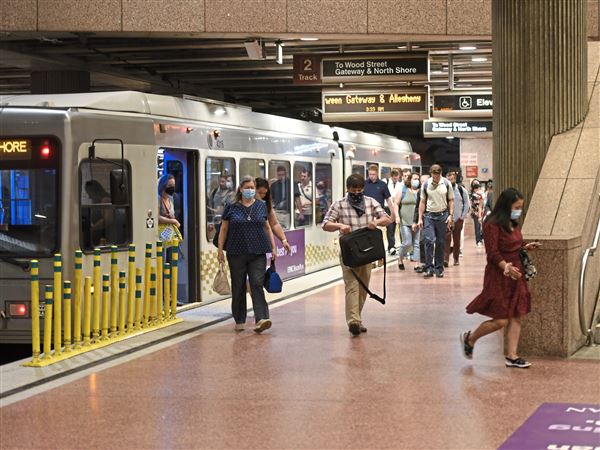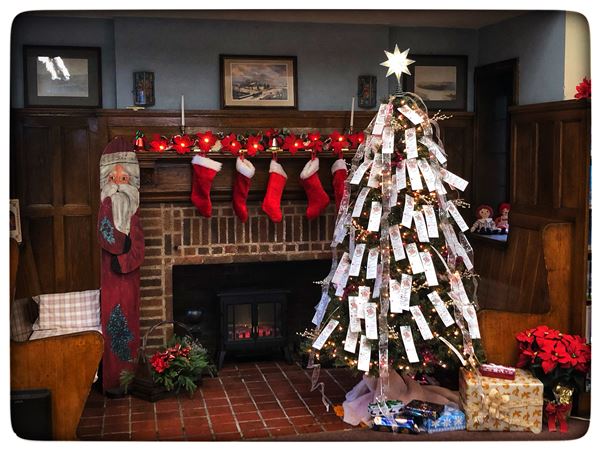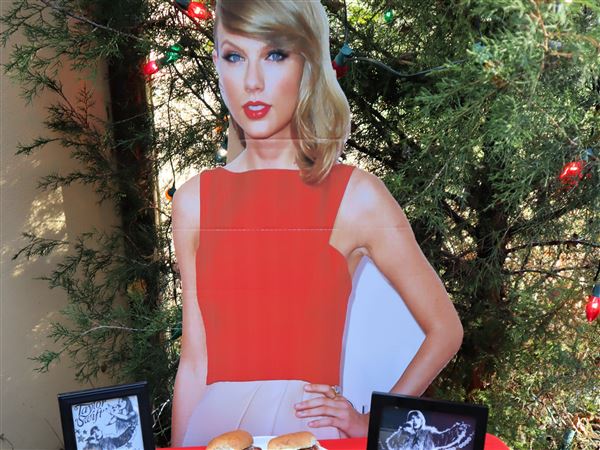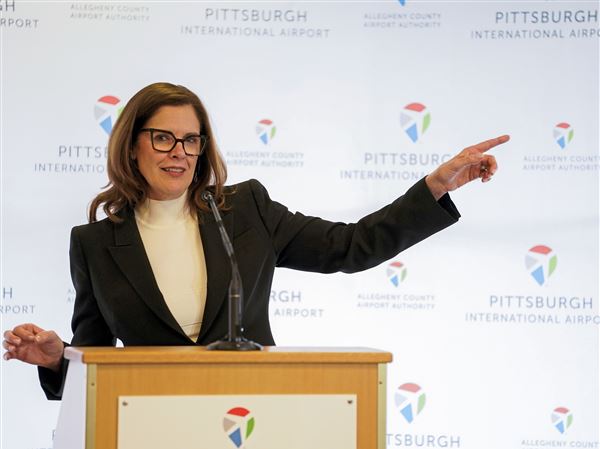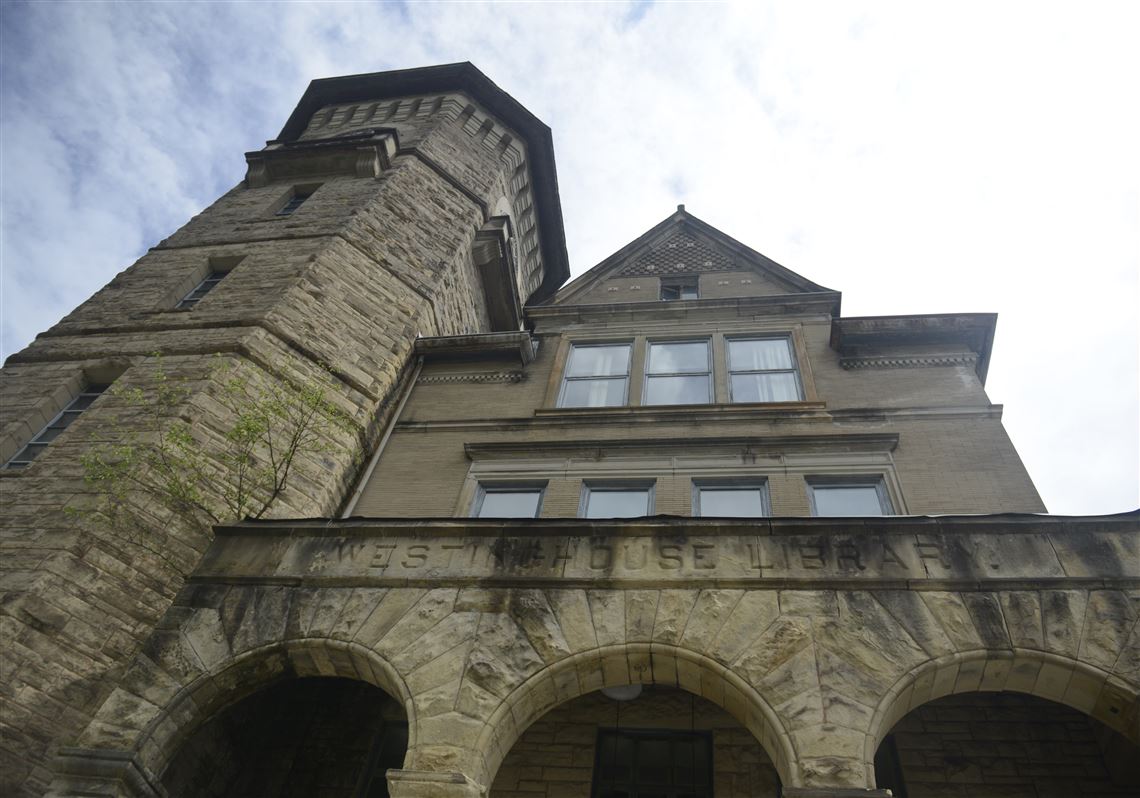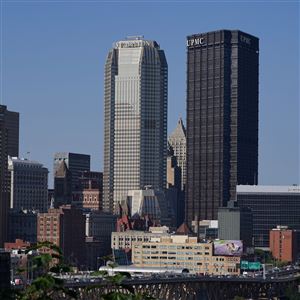It’s finally full speed ahead for renovation of Wilmerding’s landmark Westinghouse Castle, the birthplace of an air brake that revolutionized rail transport throughout the world.
In a multimillion-dollar project marshaled by a local team of finance experts, educators, elected officials and developers, the deteriorating shell of what was originally known as the General Office of Westinghouse Air Brake Co. (WABCO) is being repurposed as an arts school and community center.
Wilmerding Mayor Greg Jakub said the town’s 2,100 residents are excited to see the corporate headquarters get a royal makeover.
“As mayor, a resident and an individual who spent 10 years working in that building, I’m ecstatic. It was my second home, a landmark and iconic piece of history for the borough as well as for all who were employed by Westinghouse.”
Erected in 1890 at the center of this one-time company town, the palatial “G.O.” was one of the fanciest business addresses in the United States in its day.
Inventor-entrepreneur George Westinghouse created the town, the castle and his WABCO factory before he famously turned his attention to electricity. His air brake was a mechanical system that allowed dependable coupling of freight and passenger units into trains longer than a handful of cars. Long-distance rail transport and the Industrial Revolution would not have been possible without it.
The town boomed to more than 6,400 residents in the 1920s, and hundreds of blue- and white-collar employees worked in global manufacturing, sales, product development and other WABCO functions in this complex, enjoying Westinghouse's progressive employment practices. In its heyday, the G.O.'s first floor contained a library, gymnasium, restaurant, swimming pool, and bowling alleys.
A century later, dozens of skilled contractors are performing dozens of simultaneous specialized tasks to get the grand old structure ready for a September debut in its new iteration.
Castle arts
Central to the project is the Westinghouse Arts Academy Charter School, now located right next door on Marguerite Avenue, in what had been Westinghouse Memorial High School. It was also a once-vacant, derelict 1936 building that continues to be renovated and upgraded in concert with the castle.
The charter school opened in 2017 and is a tuition-free public high school for grades 9-12 that draws arts students from dozens of school districts in several counties. Later this year, its students will be able to walk across the campus to new classrooms and dining facilities in the G.O.
The castle was designed by Frederick J. Osterling, a leading Pittsburgh architect of that era. The building burned to the ground, without loss of life, in 1896 but quickly was rebuilt. Then in 1927, Benno Janssen, another eminent Pittsburgh architect, oversaw a major extension, enlarging the building to its current 45,000 square feet. Westinghouse had been deceased for several years at that point, but WABCO was a flourishing enterprise.
Visitors to the site today may be startled by the building’s antiquity, especially deep in the basement. It sits on a foundation of closely packed fieldstones, each the size of a shoebox, stacked on raw earth. Workers continue to find quaint devices like dumbwaiters and a strange archaic “water elevator” that once lifted deliveries into the building.
The project was bolstered recently by a $475,000 grant from Westinghouse Electric Corp. to help fund the construction and restoration work and to establish new science labs for the charter school.
How this all came about is a history-rich tale of professional connections and shared enthusiasm.
White elephant
WABCO left the G.O. in 1985 and moved to more modern facilities, then donated the building to the American Production and Inventory Control Society, an industrial trade association. WABCO later would merge with MotivePower to form today's Wabtec Corp, which still employs hundreds of Wilmerding residents.
Over time, the castle complex devolved into the very definition of a white elephant — too old, too big, too ornate and too expensive to heat and maintain. APICS (later renamed Association for Supply Chain Management) sold the building in 2006 $750,000 to Wilmerding Renewed, Inc.
Wilmerding Renewed, a local civic group which maintained and protected many of the building's historic assets — like George Westinghouse’s office and board room — sought unsuccessfully to keep it going as a museum and events center.
Deterioration continued and costs piled up until 2016, when John Graf, president and CEO at Pittsburgh's Priory Hospitality, Inc., bought it at sheriff's sale for $100,000. Graf, a restoration expert and operator of the Priory Hotel on the North Side and Mansions On Fifth in Shadyside, planned to refurbish the castle into a boutique hotel and event venue for weddings and large-scale sales meetings and conferences.
Graf's plan was wrecked by COVID-19 and mandates and restrictions imposed on the hospitality industry. In September 2021, Graf sold the complex for $86,200 to the newly formed Westinghouse Castle, LP.
Industrial history + arts
The purchase came about because of Graf's association with Monroeville lawyer and developer Joe Lawrence, who runs a historical home restoration business with his wife, Heidi Gerhard Lawrence. Another partner is Bill Malloy, a Latrobe developer and finance specialist.
The team signed a long-term lease with the recently established nonprofit Turtle Creek Valley Arts to operate the complex and sublease space to the charter school next door. That added more members to the team — Turtle Creek Valley Arts chair and Greensburg entrepreneur Lisa Geary Hoffman and Richard Fosbrink of Forest Hills, a former music teacher and the charter school’s CEO.
The school embraces both traditional and digital arts — pottery, painting, music and dance studios, computer and science labs, and TV and photography studios. Students audition or present portfolios to attend the academy and get to choose their focus of study. Their days are a mix of academic classes — math, science, history, languages — and arts programming such as music, dance, theater, literary arts and studio arts.
The enterprise is spiced with Wilmerding flavor by Mayor Jakub, who worked in the castle for 10 years as an APCIS employee, and community advocate Bill Pricener. Both are lifelong Wilmerding residents who live a few doors apart in the shadow of the castle, Pricener in a house built by his immigrant Polish ancestors in 1891. His day job is executive director of the YMCA of Greater Pittsburgh and Jakub produces podcasts.
Malloy is pleased to be part of a project that combines industrial history and arts education.
“What really excites us about this project are the new uses for the property and what they will mean to the community in terms of arts education and to the continued development of the borough of Wilmerding,” he said.
Lawrence added, “We’re very, very excited because there are some fantastic uses for the property and they’re going to keep it busy, hopefully nearly 365 days a year.”
Whiz kids
“It’s going to be providing us with spaces we need to grow — and offer resources that will be too expensive to put into our current school building,” said Fosbrink.
“We’ll be able to create a science lab, a new pottery studio, a makers space, a sculpture studio, a digital soundstage for TV and media production, a recording booth for audio, a graphic design digital lab, a new painting studio, and a printmaking studio.”
Turtle Creek Valley Arts will sublet most of the property to the arts academy and will retain the use of the building during non-school hours for other purposes, including revenue-generating events like weddings, adult education classes and public gatherings.
To make sure everyone gets there on time, the massive clock in the castle’s tower is being restored to show the time and chime the hour and half-hour as it did for most of the G.O.’s history.
William McCloskey (pghnews.351@gmail.com) is a former Post-Gazette reporter, Pittsburgh historian and writer.
First Published: June 3, 2022, 10:00 a.m.


